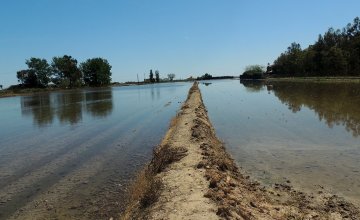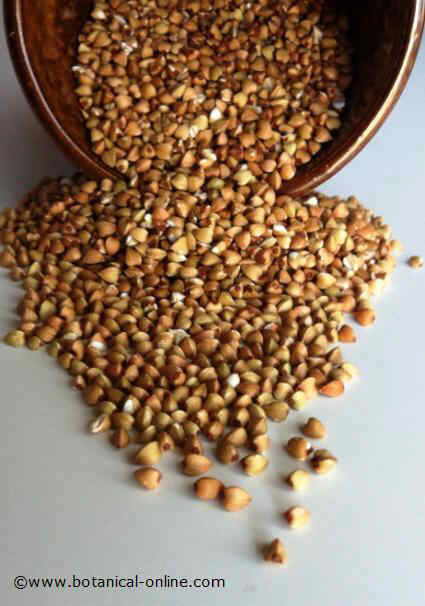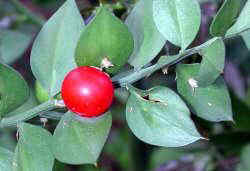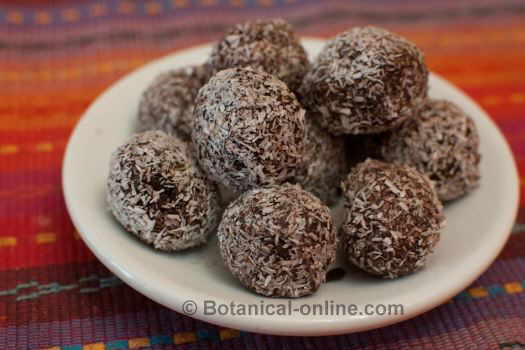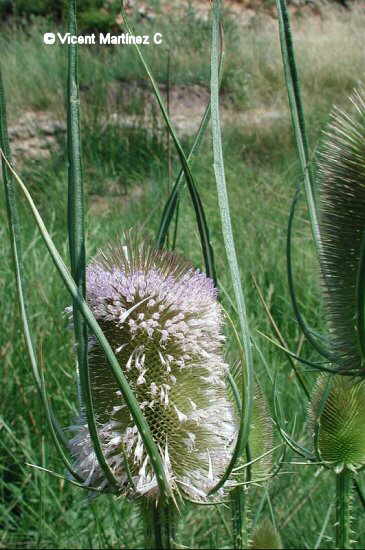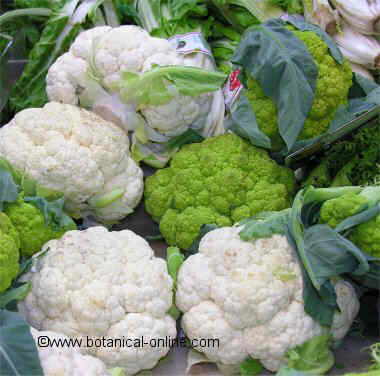Contents
- 1 Toxicity of walnut leaves and fruit shells
- 1.1 Is walnut tree a poisonous plant?
- 1.2 Components of walnut tree
- 1.3 Uses of walnut tree
- 1.4 Toxicity of walnut tree
- 1.5 Effects of using the leaves and fruits shells of walnut tree
- 1.6 Symptoms of walnut intoxication
- 1.7 Vegetal allelopathy in walnut
- 1.8 Walnut has been traditionally considered a bad-shading tree
Toxicity of walnut leaves and fruit shells
Is walnut tree a poisonous plant?
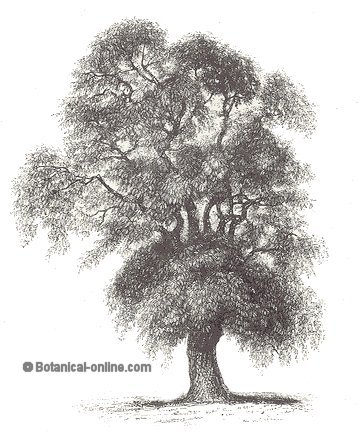
General aspect of the tree
Scientific noun: Juglans regia L.
Family: Walnut family – Juglandaceae
Habitat: Native from Asia Minor and of the southeast of Europe, it can grow in the wild in some places in Caucasus and Armenia.
Cultivated species can be easily found in temperate areas of Europe, Asia, Africa and North America, being California in USA where the production is the biggest.
Components of walnut tree
- Tannins (leaves and fruits)
- Juglones (leaves)
- Flavonoids (quercitin, hiperosid and quercitrin)
- Ascorbic acid
- Essential oil (leaves)
Active parts: Leaves and fruits
Uses of walnut tree
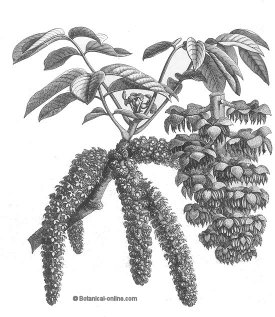
* Medicinal
It has been used to combat numerous illnesses and anomalies, so much in internal use, as in external one
(See more information in the listing )
*Edible
The fruits of the walnut, the nuts, constitute one of most appreciated dry fruits and with many alimentary properties.
Toxicity of walnut tree
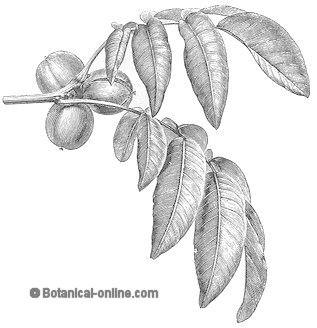
Possible. The leaves and the green shells of the fruits contain a big amount of tannins, which can cause intoxications in people with more sensitive stomachs.
Equally the fruit or the oil of the fruit, if it is in contact with the air, becomes rancid and it is toxic.
Effects of using the leaves and fruits shells of walnut tree
Its content in tannins can cause problems in the digestive human tract and strong intoxications in animals, especially in fishes, to whom walnut leaves are mortal.
Equally, the treatment with leaves or green coverings of the fruits can be incompatible with some medications, so that they would never be administered without medical consent.
Symptoms of walnut intoxication
- Vomits
- Headache
- Stomachache
Vegetal allelopathy in walnut
Walnuts produce some substances called juglones that store in their tissues, especially in their roots. These substances are used by these trees to annul the growth of other nearby species and to avoid their competition.
The species affected by the roots present the similar symptoms to those affected by drought although they have been watered properly.
There are species, as tomatoes, potatoes or alfalfa particularly sensible to juglones. Of all the species of walnuts the one that possesses bigger quantity is the black walnut (Juglans nigra).
Other species with lesser content are the common walnut (Juglans regia) or the white walnut (Juglans cineraria). All the Juglandaceae genera (Juglans, Carya, Pterocarya) can develop these substances in more or smaller quantity.
Walnut has been traditionally considered a bad-shading tree
One can face with the traditional thought that the walnut shade produces headache and uneasiness to people that sleep under it. The Roman writer Plinio already affirmed about the shade of this tree: “it is dense and it still causes headache in the man and damage to any thing planted in its vicinity”.
Maybe these thoughts are in the base of an intuitive knowledge of the vegetable allelopathy that later has been proven to be true in some cases as walnut or other vegetables samples.
![]() More information on walnut.
More information on walnut.

